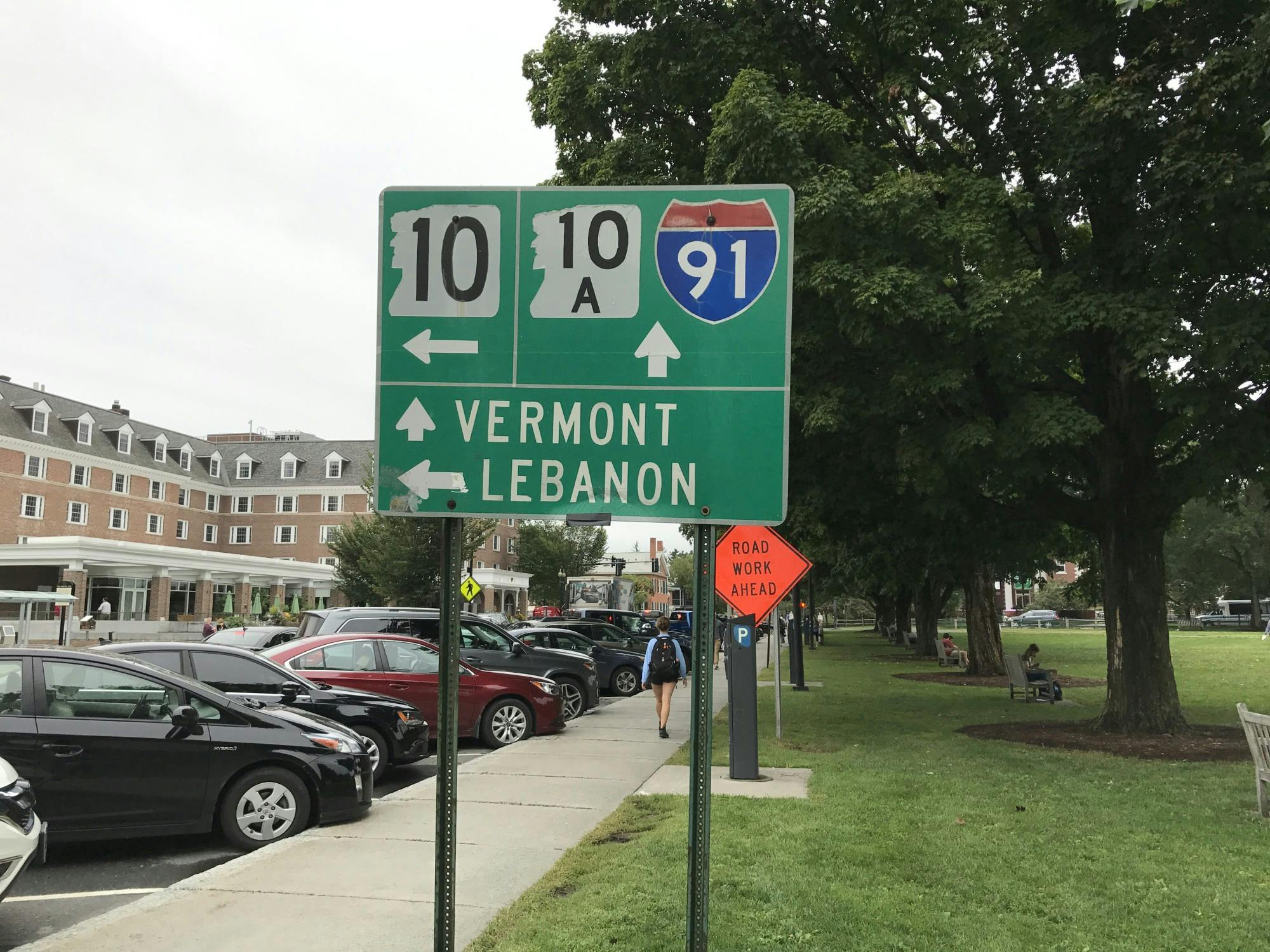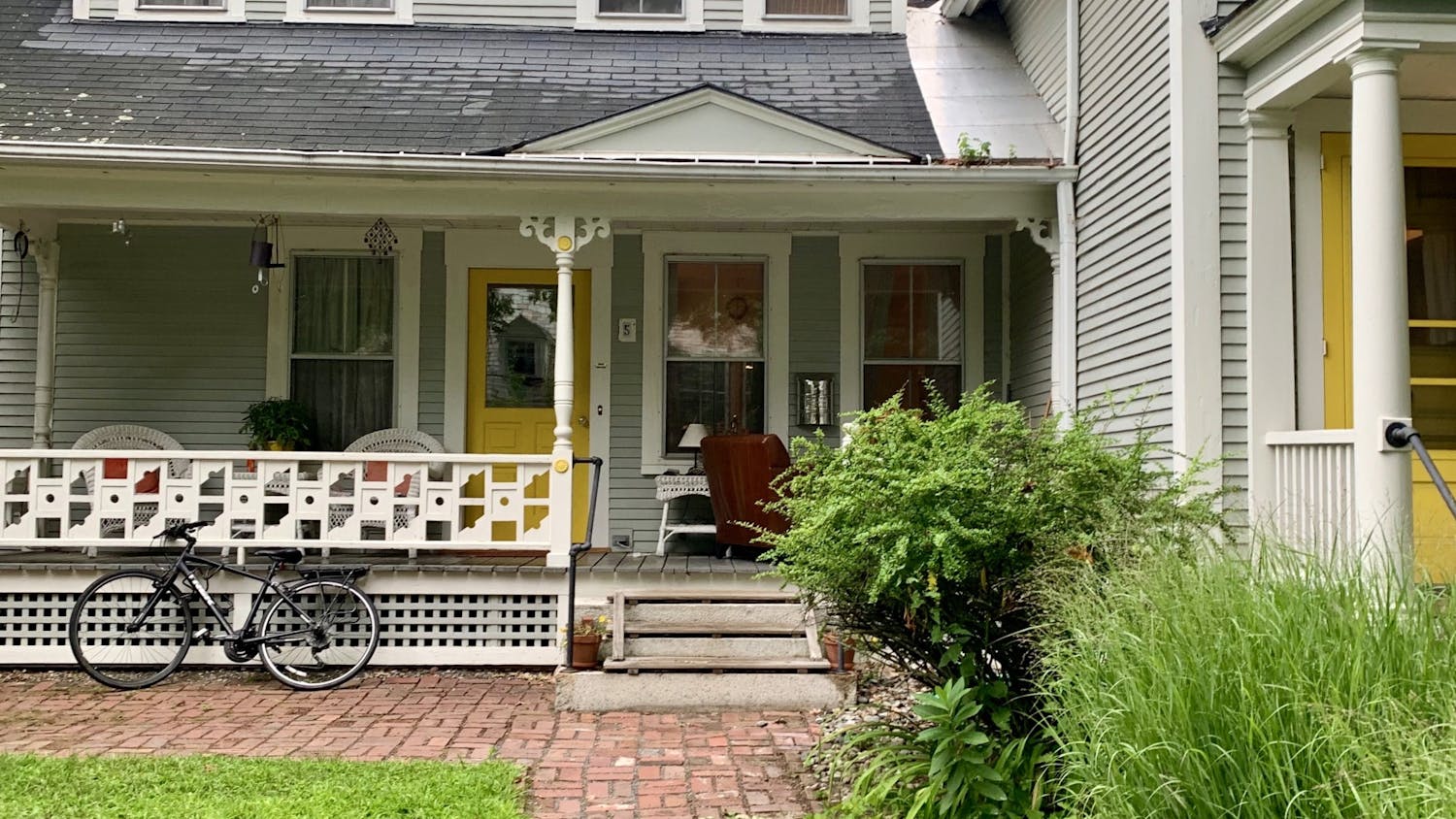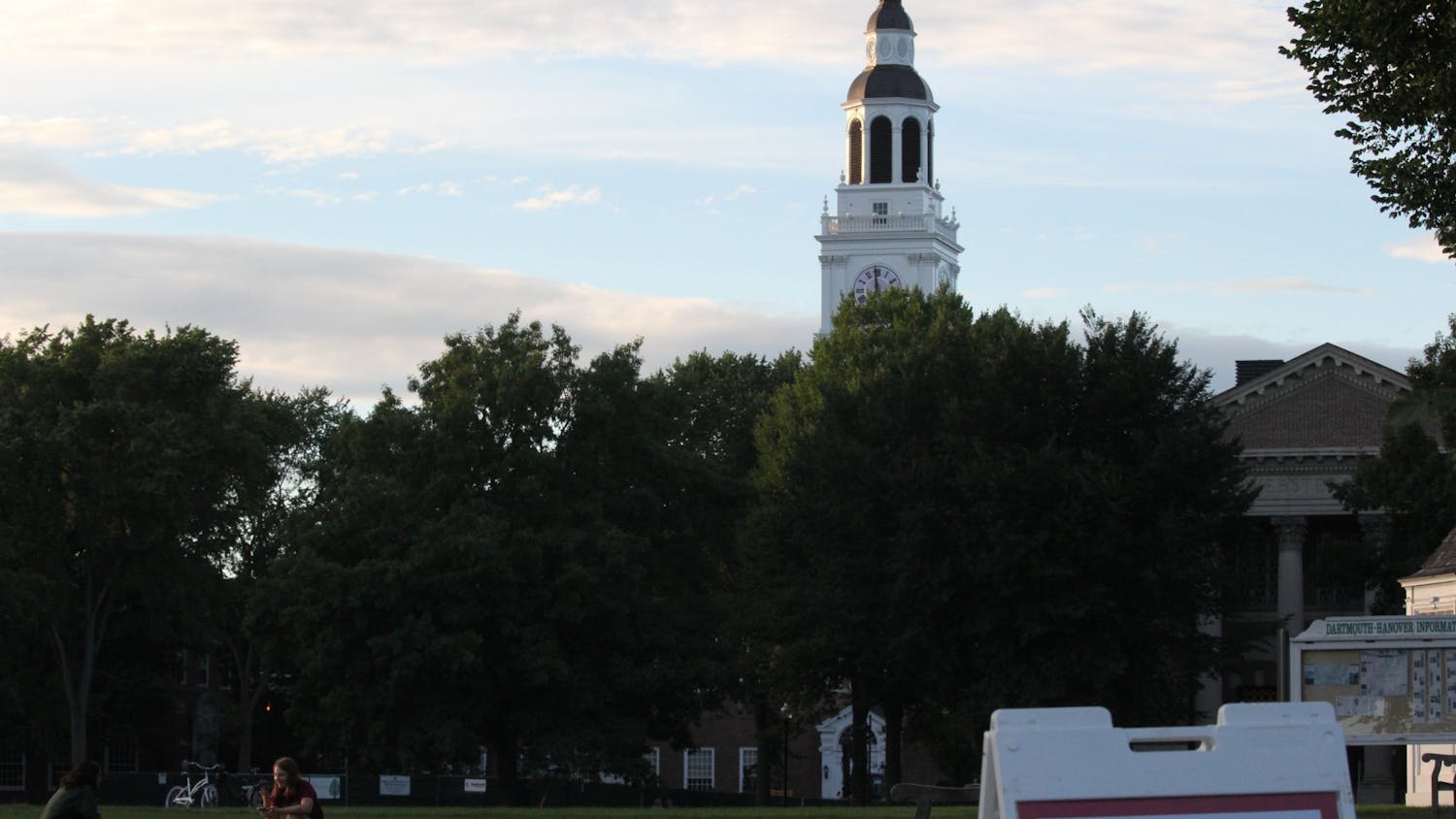After a recent increase in COVID-19 cases throughout Grafton County, the state of Vermont has implemented leisure travel restrictions against the area. Those who travel between Vermont and Grafton County, which Vermont has designated a “quarantine county,” for non-essential purposes have been asked to quarantine upon arrival in Vermont.
As of Oct. 22, Grafton County has 19 positive COVID-19 cases, or 458 weighted active cases per million, according to data used by the Vermont Department of Financial Regulation. Any county outside of Vermont in the Northeast with more than 400 weighted active COVID-19 cases per million automatically receives Vermont’s quarantine county label and is subject to the state’s travel restrictions. Visitors from quarantine counties are asked to quarantine for 14 days or complete a seven-day quarantine followed by a negative COVID-19 test.
The Department of Financial Regulation updates the list of designated counties weekly. The department calculates the active cases per million metric using daily confirmed cases within a county from Johns Hopkins University data, along with a correction multiplier that accounts for how infectious each positive case is likely to be, Vermont Department of Financial Regulation commissioner Michael Pieciak said. Once quarantine counties dip below the 400 weighted active cases per million threshold, the travel restrictions are lifted.
Those traveling to Grafton County for essential purposes do not need to quarantine. According to Pieciak, this includes Dartmouth students living in Vermont who need to commute to campus for class or a job. Students can also travel to Grafton County for groceries, but Pieciak said that traveling to meet up with friends or eat at a restaurant is considered non-essential leisure.
The recent increase in COVID-19 transmission in Grafton County has likely stemmed from youth hockey tournaments and fall foliage tourism, Hanover town manager Julia Griffin said. Youth hockey tournaments that began in the summer have led to clusters of cases throughout the state, including in Hanover. New Hampshire Gov. Chris Sununu has responded to the outbreaks with a two-week shutdown of indoor hockey and skating activities which began Oct. 15.
“Anytime people start moving around the country, you are likely to see an increase [in cases],” Griffin said.
Dartmouth’s COVID-19 task force co-chairs Lisa Adams and Josh Keniston notified students via email about the travel restrictions on Oct. 14. More undergraduates than usual are living locally off campus — including in Vermont — this year due to restricted on-campus housing. Sonali Soni ’23, who is currently residing in Quechee, Vermont, said that the email did not make a clear distinction between restricted and permitted activities.
“[My housemates and I] had to Google [specific guidelines] for the county that we’re in to see what the restriction really is and how far outside we can go and return with it still being corona-safe,” Soni said. “… Especially with all the people that I know that are living off campus, it could help to have more reminders and more clarifying details.”
Adams forwarded a request for comment to the College’s Office of Communications.
While some questions remain about the guidelines’ impact on students, Grafton County’s quarantine designation has already impacted the operations of campus groups. The Dartmouth Outing Club has stopped running trips to Vermont for the time being, according to an Oct. 16 email sent to DOC leaders by Willow Nilsen, the Outdoor Programs Office program coordinator for student advising. Among other trips, the announcement halted DOC hikes on Gile Mountain in Norwich, Vermont, which has been a popular destination for ’24s this fall.
Counties within Vermont are excluded from travel restrictions and quarantine guidelines, even if they surpass 400 active cases per million. Pieciak said that Vermont has a better understanding of in-state data and has confidence in Vermont counties’ abilities to administer testing and contact tracing. Other states’ protocols are more difficult for Vermont to evaluate, he said.
The travel restrictions and quarantine guidelines are enforced using only the honor system, according to Ben Truman, a spokesperson from the Vermont Department of Health.
Griffin said that she has not seen significant changes in behavior that would indicate locals are following guidelines. She said that while some higher-risk individuals have been observing the guidelines, the border between New Hampshire and Vermont is “very porous” — with many crossing the border daily for school, work, grocery shopping and other activities — which makes travel restrictions challenging.
“Most folks up here are not really paying attention to [the new restrictions] in any substantive way,” Griffin said. “We’re just not sure we’re seeing a whole lot of compliance in part because I don’t think people understand what compliance requires.”
Travel restrictions, however, inevitably impact commerce. Griffin added that the Upper Valley region is interdependent and “embraces that bistate relationship.” Limiting leisure travel can therefore take a toll on already-struggling local businesses and retail on both sides of the Connecticut River.
According to Pieciak, quarantine designations and other safety measures have helped Vermont respond well to the pandemic, which supports the economy in the long run.
“Today we have really low case counts, really low hospitalizations [and] really low fatality rates — and that is benefiting us from a health perspective, but that’s also benefiting us from an economic perspective,” Pieciak said. “Consumer confidence is higher [and] people feel more comfortable going out to shop, so I think there are real tangible benefits of having a low case count.”




